Learning basic ice skating skills doesn’t take as long as you might think! For most kids, it’s about 4–8 weeks of regular practice. Adults might need a bit longer, typically 8–10 weeks, to feel comfortable with basics like gliding, stopping, and turning. The key? Consistent practice - 2–3 sessions a week works best.
Your progress depends on factors like age, fitness, and confidence. Kids often learn faster because they’re fearless and have a lower center of gravity. Adults, on the other hand, may take longer due to caution or fear of falling. But don’t worry - regular practice and proper gear, like well-fitted skates or beginner-friendly options like Snowfeet Skiskates, can make the process smoother.
Here’s what helps:
- Practice often: Short, consistent sessions are better than cramming.
- Use good equipment: Comfortable skates make balancing easier.
- Get lessons: Private or group lessons can speed things up.
- Stay safe: Wear a helmet and pads to build confidence.
Most importantly, enjoy the process! Skating is a fun skill that gets easier with time. Ready to hit the ice? Let’s dive into the details.
Top Tips For Your First Time Ice Skating!
Main Factors That Affect Learning Time
Learning to ice skate isn’t a one-size-fits-all journey. Some people pick it up in just a few weeks, while others may need a couple of months to feel steady and confident on the ice. A lot depends on a mix of personal traits, practice habits, and the tools you use.
Personal Learning Speed
Your age and athletic background can make a big difference. Kids and teens often have an edge - they’re more flexible, tend to bounce back quickly from falls, and aren’t as afraid of taking a tumble. Adults, on the other hand, might have a harder time if they’re overly cautious. But if you’ve done activities like roller skating, skateboarding, or dancing, you might find the transition to ice skating easier since those sports already build balance and body control.
Natural coordination plays a role, too. If you’ve got stronger core muscles and better overall balance, you’ll likely find it easier to stay upright and control your movements. But fear can be a hurdle - adults often worry more about falling, which can slow down progress compared to kids who seem to just shake it off and keep going. Regular practice is key to turning these natural abilities into skating skills.
Practice Frequency and Consistency
How often you hit the ice matters just as much as how long you’ve been skating. Practice builds muscle memory, and consistent sessions make it easier to lock in what you’ve learned. On the flip side, long gaps between practices can set you back - you might spend extra time just trying to get back to where you left off.
For beginners, aiming for 2–3 sessions a week is a sweet spot. It gives you enough time to build momentum without overwhelming yourself. Plus, steady practice allows your instructor to introduce new techniques without having to reteach old ones. Weekly lessons are helpful, but without extra practice in between, progress can slow down.
Quality of Instruction
The way you’re taught has a big impact on how quickly you improve. Private lessons are great for speeding things up since the instructor can tailor their teaching to your specific needs and give you instant feedback. Of course, they can be pricey. Group classes can also be effective, especially if the class size is small. They offer a mix of personal attention and the chance to learn by watching others.
Teaching yourself through online tutorials is an option, but it’s usually slower. Plus, without an expert to correct you, you might pick up bad habits or even increase your risk of injury. Pairing good instruction with regular practice and the right equipment is the best recipe for success.
The Role of Proper Equipment
Skates that fit well are non-negotiable. If they’re too loose or too tight, they’ll make balancing harder and distract you from learning. This is where Snowfeet* Skiskates come in handy for beginners. At 17.3 inches (44 cm) long, they provide a stable and wide base that helps with balance, so you can focus on getting your movements right instead of just trying to stay upright.
Snowfeet* Skiskates also boost your confidence as you work on the basics. They’re portable, too, making it easy to bring them to different rinks - or even use them on frozen ponds when it’s safe. This flexibility means you can practice more often, which is key to improving quickly.
How Long Does It Take? Typical Learning Times
How long does it take to learn to skate? Well, it depends! Factors like age, athletic background, and how often someone practices can all play a role. While everyone progresses at their own pace, there are some general timelines that can help set realistic expectations. Let’s break it down for kids and adults.
Times for Children and Teenagers
Kids usually pick up skating basics pretty quickly. With regular practice, most children can get the hang of things in about 4–8 weeks. Their natural flexibility, lower center of gravity, and fearless attitude work to their advantage. Within this time, they’re often able to stand confidently on the ice, glide short distances, stop safely, and even try out simple turns.
Using supportive gear like Snowfeet* Skiskates can make the process even smoother. These skates provide extra stability, letting kids focus on learning proper techniques instead of just trying to stay upright.
Times for Adults
For adults, the timeline is a bit longer. It usually takes 8–10 weeks of consistent practice to feel comfortable with the basics like gliding, stopping, and simple turns. Adults tend to be more cautious, which can slow things down at first. But don’t worry - regular, shorter practice sessions (instead of marathon ones) are the secret to building muscle memory and confidence.
"With regular practice, most adults can grasp the basics within a few weeks. Typically, attending one or two sessions a week for a couple of months should get you comfortable with gliding, stopping, and simple turns." – Chique Sport
And just like with kids, using supportive gear like Snowfeet* can help adults progress faster by offering extra stability and control.
Advanced Skills and Long-Term Progress
Once you’ve nailed the basics, it’s time to work on more advanced techniques. This is where things take a bit longer. Skills like one-foot glides, crossovers, spins, and precise edge control can take 6–12 months for kids and 12–24 months for adults to master. If you’re aiming for specialized skills - like figure skating elements or hockey moves - expect a timeline closer to 1–2+ years for kids and 2–3+ years for adults.
The good news? Tools like Snowfeet* Skiskates continue to be helpful as you progress. They’re portable, work on various ice surfaces, and provide a stable platform to boost your confidence while tackling more challenging moves.
| Skill Level | Children Timeline | Adult Timeline | Key Milestones |
|---|---|---|---|
| Basic Skills | 4–8 weeks | 8–10 weeks | Forward/backward skating, gliding, stopping, turns |
| Advanced Skills | 6–12 months | 12–24 months | One-foot glides, crossovers, spins, edge control |
| Specialized Skills | 1–2+ years | 2–3+ years | Figure skating elements, hockey techniques |
So whether you’re a kid or an adult, the key is patience and consistent practice. Skating is a journey, and every step forward is progress!
Best Equipment for Beginners: Why Snowfeet* Stands Out
Getting started with the right gear can make all the difference when you're learning something new. The equipment you choose can either speed up your progress or hold you back. While traditional ice skates have been the go-to option for years, Snowfeet* Skiskates are shaking things up. These skates provide a faster, easier, and more beginner-friendly way to build your skills on the ice.
Snowfeet* vs. Regular Ice Skates
Let’s face it: traditional ice skates can be a pain for beginners. They’re bulky, heavy, and often uncomfortable, especially during those early sessions when you're still trying to find your balance. The stiff boot design can make it feel like you’re fighting the skates instead of focusing on improving your technique.
Snowfeet* Skiskates, on the other hand, take a fresh approach. They’re compact (just 44 cm long), lightweight, and super portable - you can toss them in your backpack and head out to any ice surface. Plus, they’re designed to work with your regular winter shoes or snowboard boots. That means no need to splurge on pricey, specialized boots that might not even fit right.
This compatibility is a game-changer. You get to practice in shoes you’re already comfortable with. Add to that their low center of gravity, and you’ve got a setup that makes staying stable a whole lot easier during those shaky first steps on the ice. This thoughtful design gives beginners a smoother, less intimidating start.
Why Beginners Love Snowfeet* Skiskates
The learning curve with Snowfeet* is refreshingly quick. Thanks to their shorter and more nimble design, it’s easier to get the hang of basic movements without the hassle of clunky gear. Turning and stopping feel natural, making the whole experience more intuitive.
Another big plus? Versatility. Unlike traditional ice skates that confine you to indoor rinks, Snowfeet* Skiskates work on all sorts of ice surfaces. Whether you’re gliding across a frozen pond, practicing on a backyard rink, or even tackling snowy slopes, these skates give you the freedom to train almost anywhere. This flexibility means you can practice more often, which is key to building confidence and muscle memory.
Affordable and Practical
Snowfeet* Skiskates aren’t just about performance - they’re also a smart investment. Traditional ice skating setups can be pricey, requiring not only the skates themselves but also specialized boots and recurring rink fees. Snowfeet*, starting at $575*, offer a more budget-friendly alternative. Since you can practice on natural ice surfaces, you skip the ongoing costs of rink access, and there’s no need to buy extra boots.
Even better, one pair of Snowfeet* can often be shared among family members with similar shoe sizes. This eliminates the need to purchase multiple pairs of skates, saving you even more in the long run. It’s a practical, cost-effective option for anyone looking to dive into the world of skating without breaking the bank.
sbb-itb-17ade95
Tips to Learn Ice Skating Faster
Learning to ice skate doesn’t have to take forever. With the right mindset and a few smart strategies, you can speed up the process and feel more confident on the ice in no time.
Warm-Up and Stretch Before Skating
Before stepping onto the ice, take 5–10 minutes to warm up and stretch. This helps loosen up stiff muscles and lowers your risk of injury. Pay special attention to your ankles, calves, and hip flexors - these areas do a lot of work while skating. Simple moves like ankle circles, calf stretches, and leg swings can improve blood flow and get your body ready to move. Trust me, those few minutes of prep will make your first steps on the ice feel a lot smoother. Plus, a good warm-up can make your practice sessions more productive.
Practice Short, Regular Sessions
Think short and sweet when it comes to practice. Instead of marathon sessions, aim for 30–45 minutes, two or three times a week. Why? Because shorter, consistent practice builds muscle memory without wearing you out. It’s kind of like learning to play an instrument - daily, focused effort beats the occasional long jam session. You’ll see progress faster and stay motivated.
Choose Beginner-Friendly Tools Like Snowfeet*
Your gear can make or break your learning experience. Traditional skates can feel bulky and tricky to manage for beginners. That’s where Snowfeet* Skiskates come in. These compact skates (just 44 cm long) are lightweight, stable, and super portable. They’re designed to work with your regular winter shoes, which makes them a game-changer for anyone starting out.
What’s even better? Snowfeet* let you practice on all kinds of safe ice surfaces - frozen ponds, backyard rinks, or even community ice spots - without being tied to indoor rink schedules or fees. The more chances you get to practice, the faster you’ll improve. Their design and flexibility make them a fantastic choice for beginners looking to speed up their progress.
Safety Gear and Confidence Building
Now, let’s talk about safety - it’s a big deal for beginners. Fear of falling is one of the biggest obstacles when you’re learning to skate. It’s tough to relax and learn when you’re worried about getting hurt. That’s why wearing the right safety gear is so important. It helps you feel secure, so you can focus on improving.
Start with a helmet, wrist guards, knee pads, and elbow pads. These will protect you from common injuries like wrist sprains or even concussions. Don’t forget gloves or mittens to keep your hands warm and protected.
Also, learn how to fall safely. If you’re falling backward, tuck your chin to avoid hitting your head. Practicing this can help you feel more in control, which boosts your confidence. Once you’re less afraid of falling, you’ll naturally relax, and that’s when the real magic happens. You’ll start to find your balance and enjoy the process - turning skating into something fun rather than nerve-wracking.
Snowfeet* vs. Regular Ski and Snowboard Brands
Snowfeet* Skiskates bring a fresh twist to winter sports, offering a different experience compared to traditional ski and snowboard brands like Burton, Rossignol, or K2. What sets them apart? They’re easier to use, more accessible, and incredibly versatile.
Let’s break it down. Traditional gear is built for mountain adventures and resort use, which often means extra costs - think lift tickets, lessons, and specialized equipment. Snowfeet*, on the other hand, takes a simpler approach. Their 44 cm Skiskates work with your regular winter shoes, making them a beginner's dream for practicing on ice. This design not only saves money but also speeds up the learning process. It’s no wonder Snowfeet* stands out as a top choice for anyone looking to ease into ice skating.
Another big win for Snowfeet*? Portability. Traditional skis and snowboards are bulky and a hassle to transport or store. Snowfeet* Skiskates are compact enough to fit in a backpack, making those last-minute practice sessions a breeze.
Comparison Table: Snowfeet* vs. Regular Equipment
| Feature | Snowfeet* Skiskates | Traditional Skis (e.g., Rossignol, K2) | Snowboards (e.g., Burton, Ride) |
|---|---|---|---|
| Learning Curve | Easy to learn, beginner-friendly | Requires lessons and more time to master | Moderate to steep learning curve |
| Portability | Small and backpack-friendly (44 cm) | Bulky; often needs a roof rack | Large and difficult to transport |
| Footwear | Works with regular winter shoes | Needs expensive ski boots | Requires costly snowboard boots |
| Practice Locations | Usable on ice, packed snow, or flat surfaces | Mostly limited to ski resorts | Mostly limited to ski resorts |
| Cost | Around $575 upfront | Higher upfront cost plus ongoing expenses | Higher upfront cost plus ongoing expenses |
| Multi-Surface Use | Works on ice, packed snow, and more | Best for snowy slopes | Best for snowy slopes |
| Storage | Minimal space needed | Requires significant storage space | Requires significant storage space |
When it comes to ice skating specifically, traditional ski and snowboard setups just don’t cut it. They’re designed for slopes, not ice. Snowfeet* fills that gap by offering gear that helps you build balance, edge control, and confidence on ice. Plus, while traditional equipment usually ties you to resorts, Snowfeet* opens up more frequent practice opportunities wherever there’s safe ice or packed snow. It’s a game-changer for anyone looking to sharpen their skills during the winter months.
Conclusion: Start Your Ice Skating Journey with Snowfeet*
Getting started with ice skating is so much easier when you’ve got the right gear. That’s where Snowfeet* Skiskates come in. With their compact 44 cm design and the convenience of pairing with your regular winter shoes, they’re a perfect choice for beginners.
What makes Snowfeet* stand out? They’re simple, portable, and eliminate many of the hassles that can discourage newcomers. Toss them in your bag, head to the nearest rink, and you’re ready to go. No bulky equipment, no complicated setups - just more time on the ice to hone your skills.
At $575, Snowfeet* offers a budget-friendly alternative to traditional setups. Forget about pricey boots, bindings, or endless maintenance costs. With these skiskates, you’re making a smart investment in gear that’s not only practical but also fits seamlessly into your routine.
And here’s the best part: they make practicing easier. Regular, focused practice is the key to improving, and Snowfeet* removes many of the common barriers - like bulky equipment or tricky logistics - that can get in the way. More practice means faster progress, and that’s exactly what these skiskates are designed to support.
Your skating adventure starts with that first glide. Why not make it fun, affordable, and hassle-free? With Snowfeet* Skiskates, you’re not just learning to skate - you’re finding a whole new way to enjoy winter. Portable, easy to use, and perfect for building confidence on the ice, they’re the ultimate companion for anyone ready to dive into the world of ice skating.
FAQs
What makes Snowfeet Skiskates a better choice for beginners than traditional ice skates?
Snowfeet Skiskates are a fantastic choice for beginners because they’re simple to use and way more convenient than traditional ice skates. One major perk? You can wear them with your regular winter boots. No need to lug around clunky, uncomfortable specialized boots - that’s one less hassle to deal with! This makes them ideal for casual skaters or anyone just dipping their toes into the skating world.
What’s more, these skiskates are super compact and lightweight, so they’re easy to carry around and stash away when you’re done. Their clever design means you can glide on both ice and snow, giving you way more flexibility compared to traditional ice skates, which are strictly for ice. For beginners, this opens up more chances to practice and enjoy skating without needing a pile of different gear.
How can adults overcome their fear of falling when learning to ice skate?
Falling is just part of the journey when you're learning to ice skate, and getting past the fear starts with being prepared and putting in the practice. First things first: make sure you're wearing protective gear like knee pads, elbow pads, and wrist guards. These not only give you a sense of security but also help soften the blow if you take a tumble.
When it comes to falling, there’s a safe way to do it. If you feel wobbly, bend your knees and try rolling to the side - kind of like you're sitting down on an imaginary chair. This approach reduces the impact and, over time, helps you feel more confident on the ice. Sure, it’s normal to feel a bit anxious at first, but with consistent practice, you’ll find your balance and start enjoying the ride. Take it slow, and remember to have fun along the way!
What are the best ways to quickly improve your ice skating skills?
To sharpen your ice skating skills in no time, try focusing on these key tips:
- Stick to a regular practice schedule: Consistency is your best friend when it comes to building muscle memory and confidence on the ice. Instead of cramming in long sessions with big gaps in between, aim for shorter, more frequent practices.
- Learn from a coach: A good instructor can give you personalized feedback and help you sidestep bad habits before they take root. Their experience can make a big difference in your progress.
- _Consider versatile gear like Snowfeet Skiskates:_* These portable and lightweight skates are a game-changer for beginners. They’re easy to use and let you practice almost anywhere, giving you more flexibility than traditional skates.
- Plan your practice time: Head to the rink with clear goals in mind, and try to go during quieter hours. Fewer distractions mean more focused practice.
With steady practice, expert guidance, and user-friendly gear like Snowfeet* Skiskates, you’ll be gliding confidently across the ice in no time!

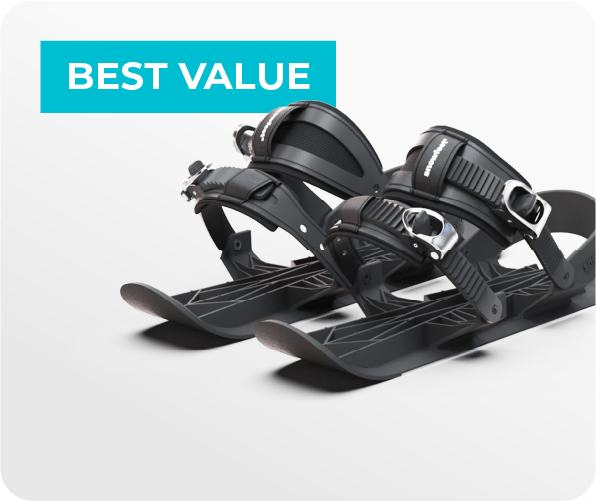



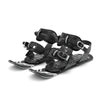
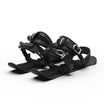
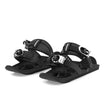

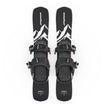
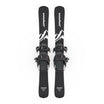

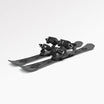
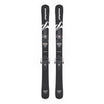
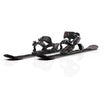
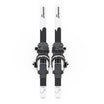


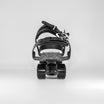

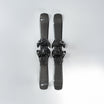

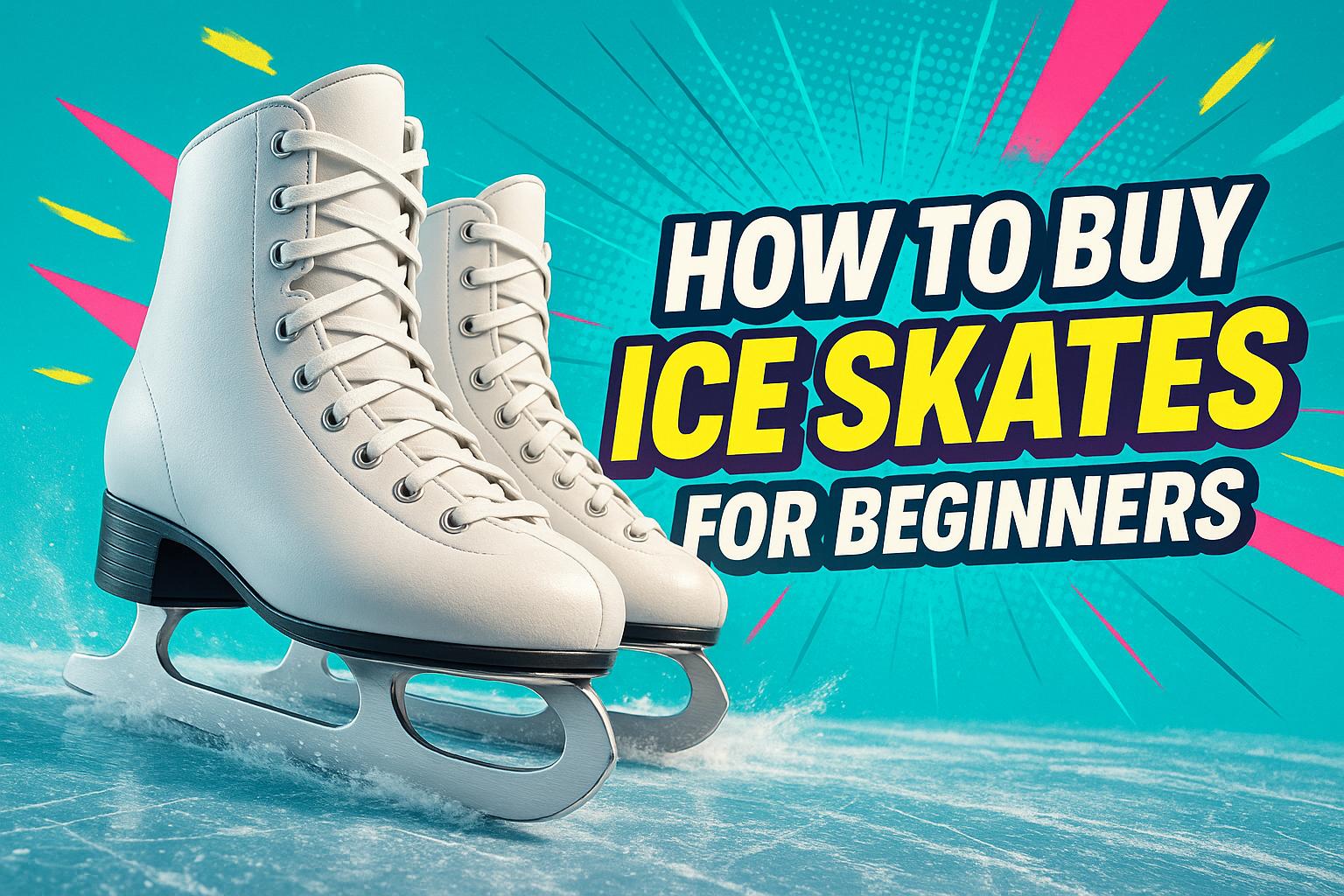

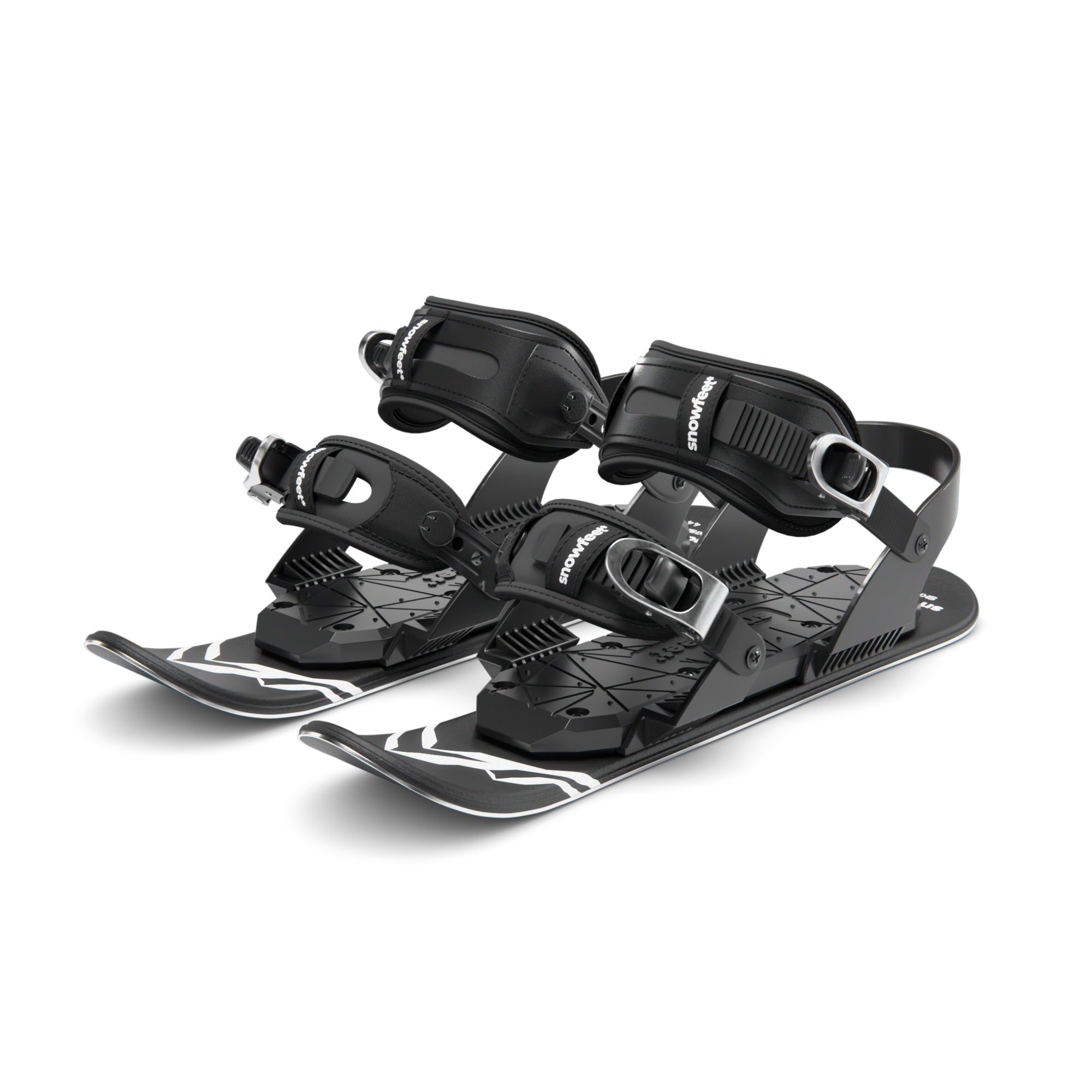
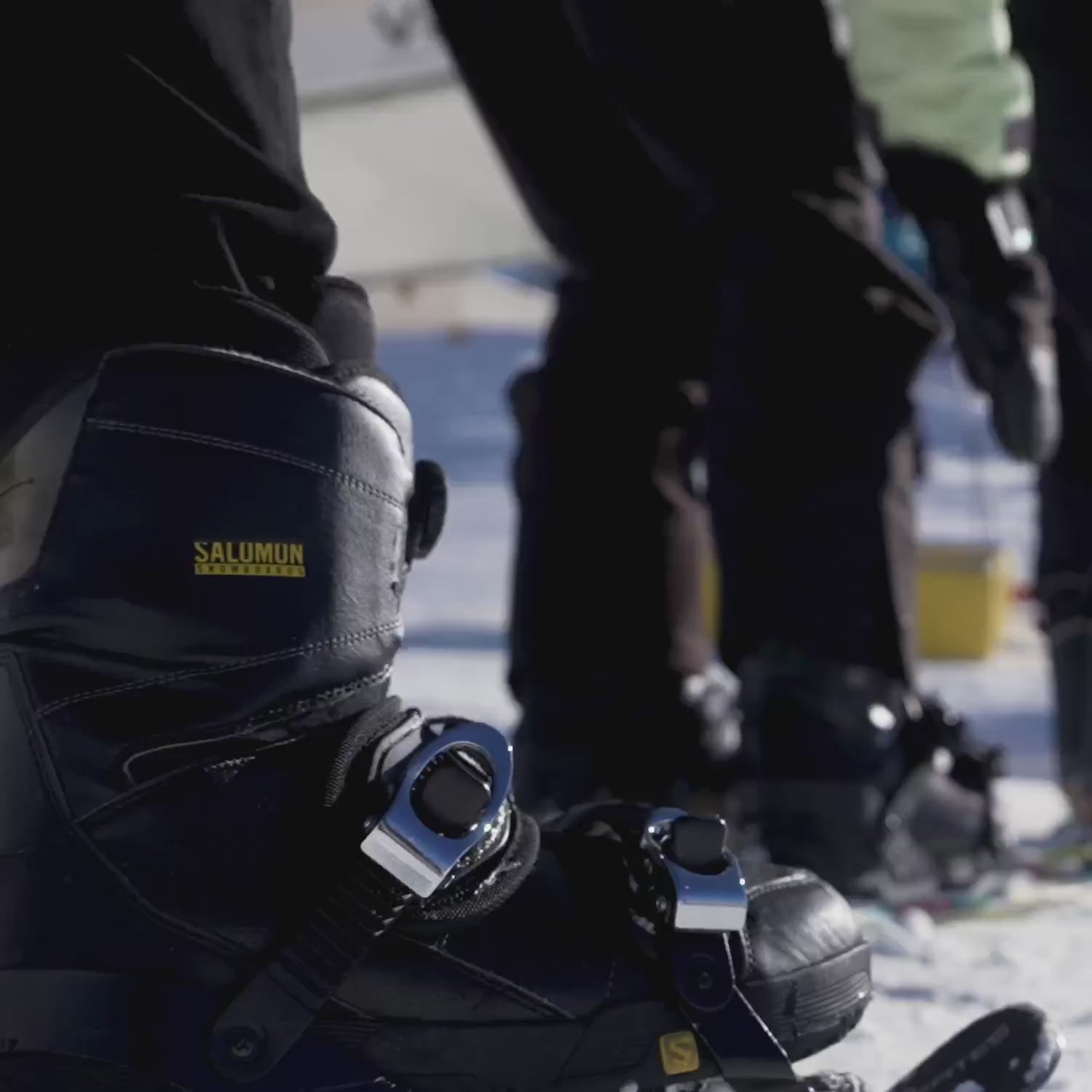
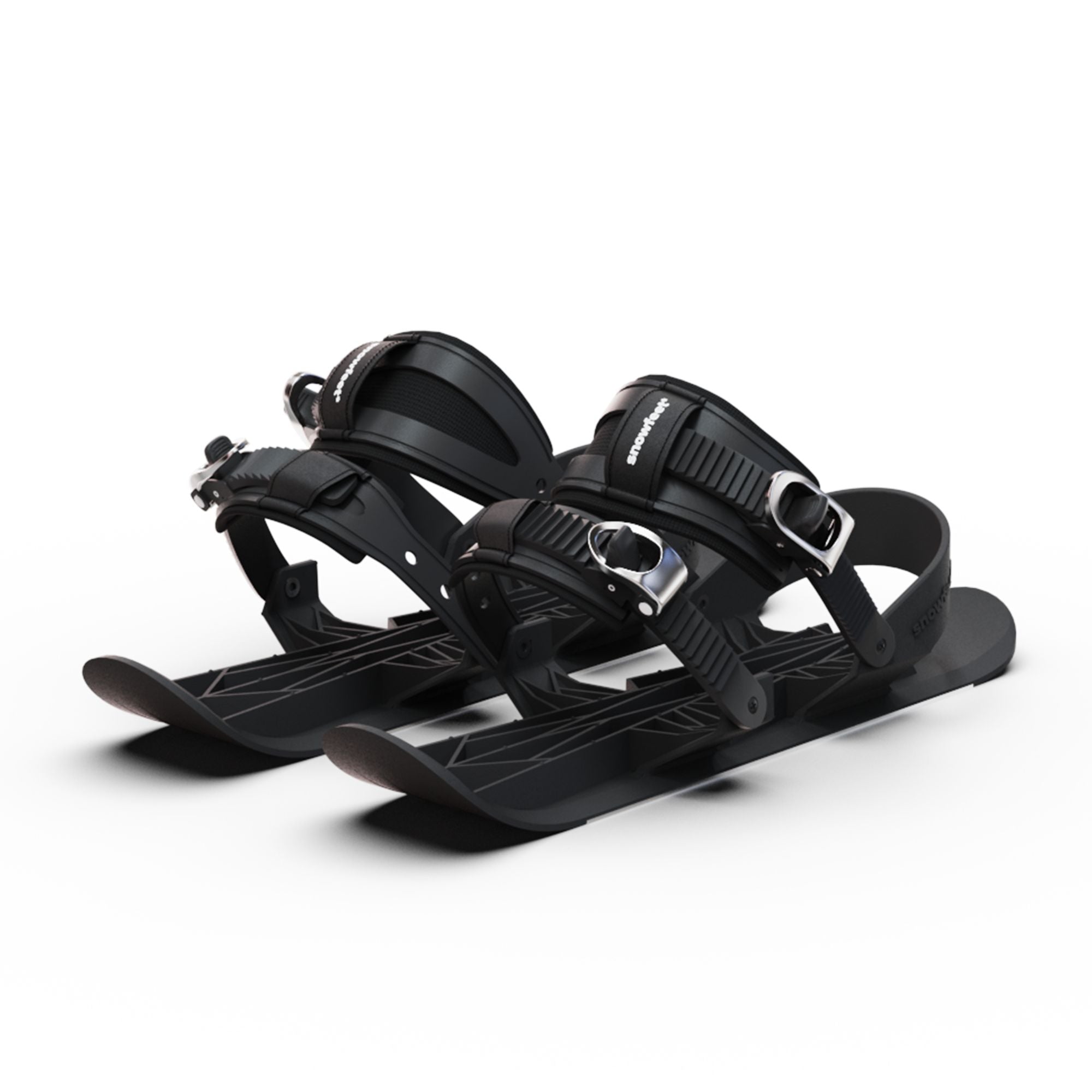
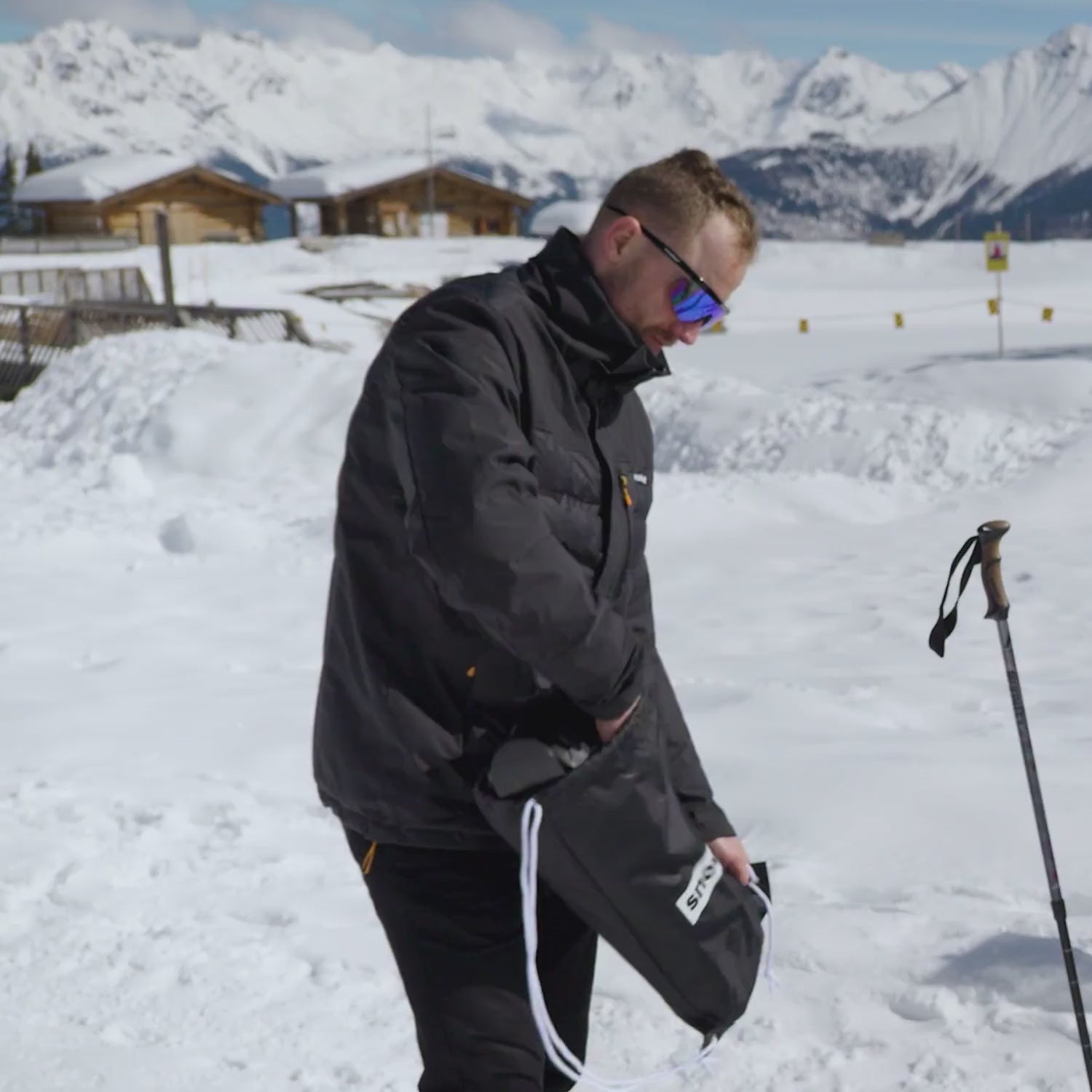
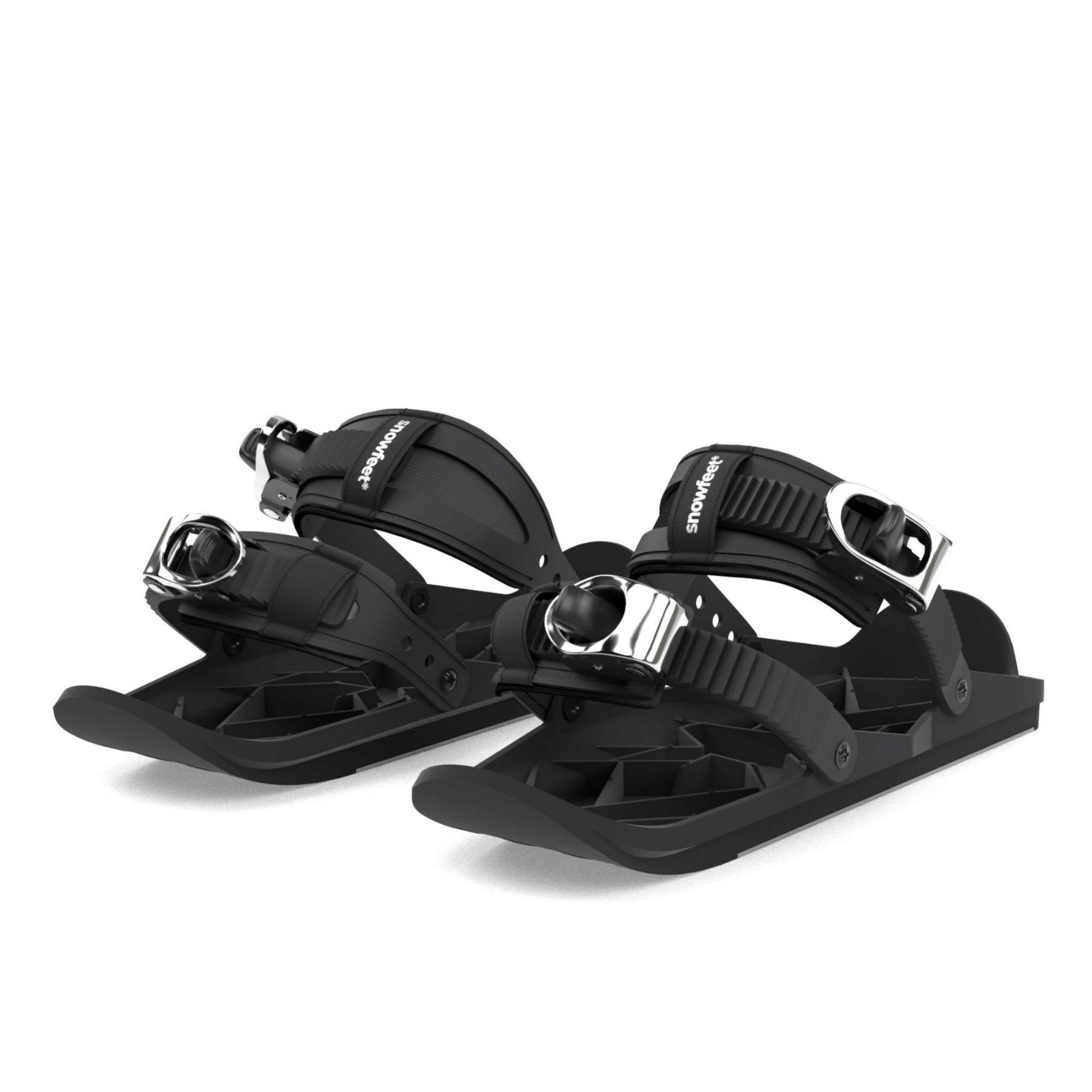
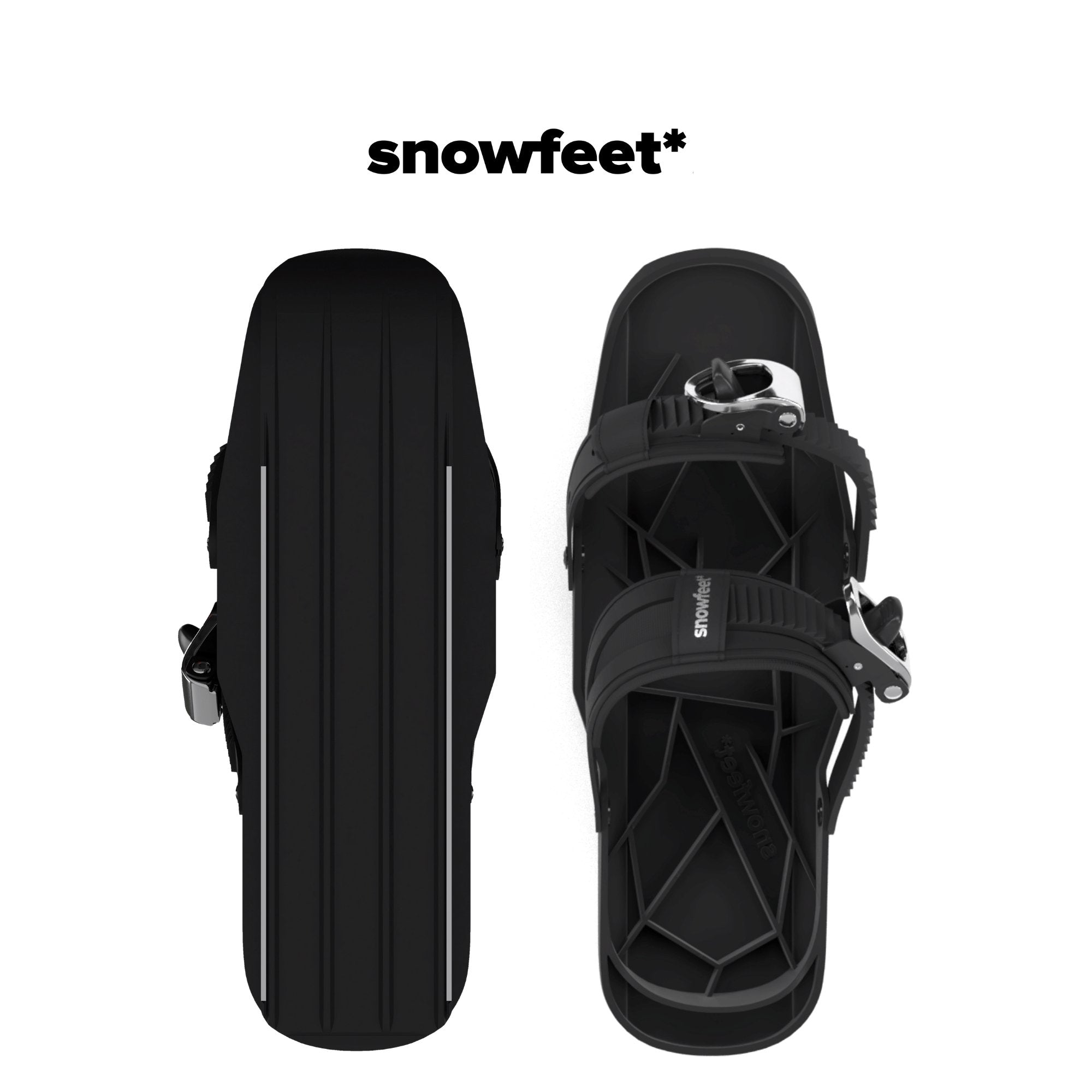
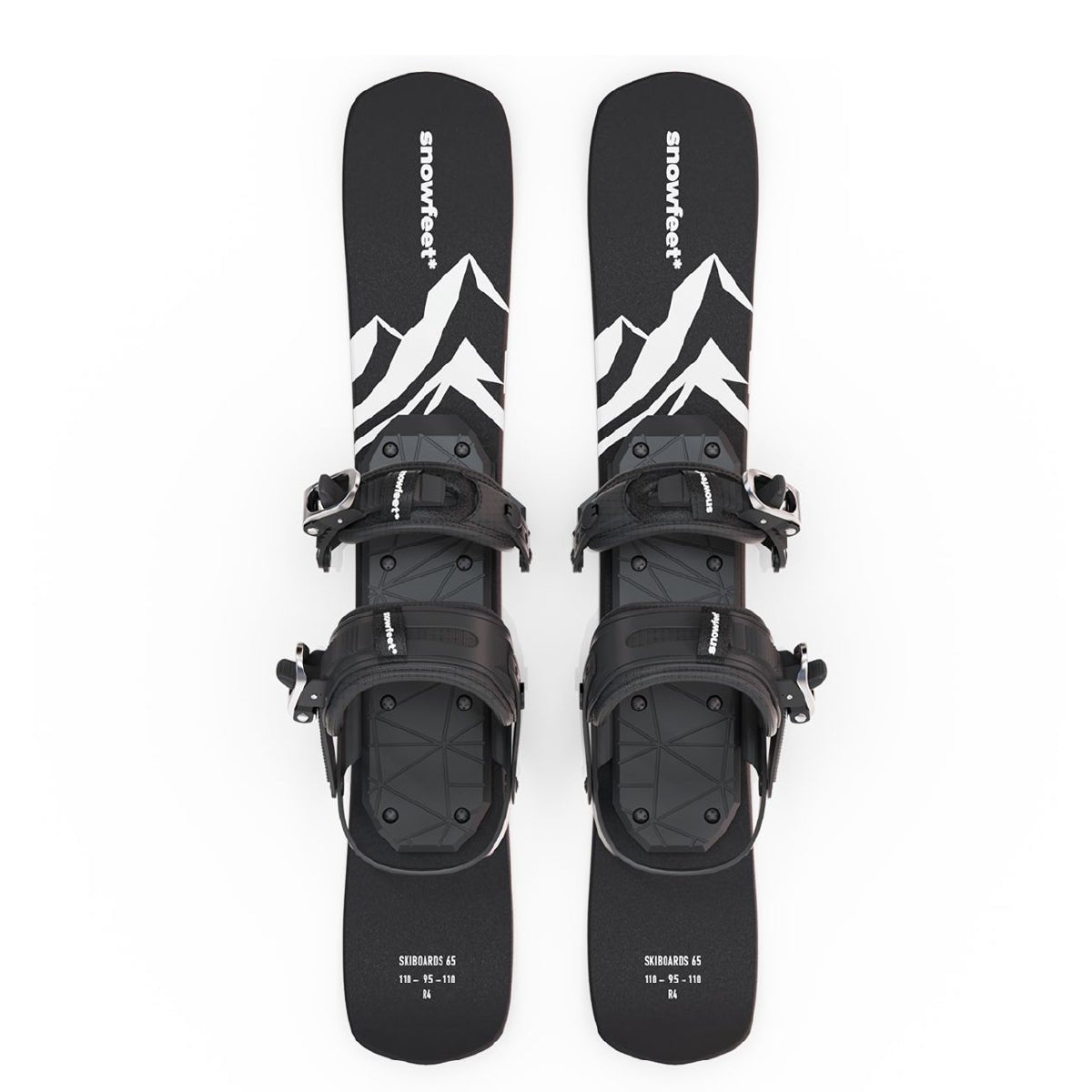
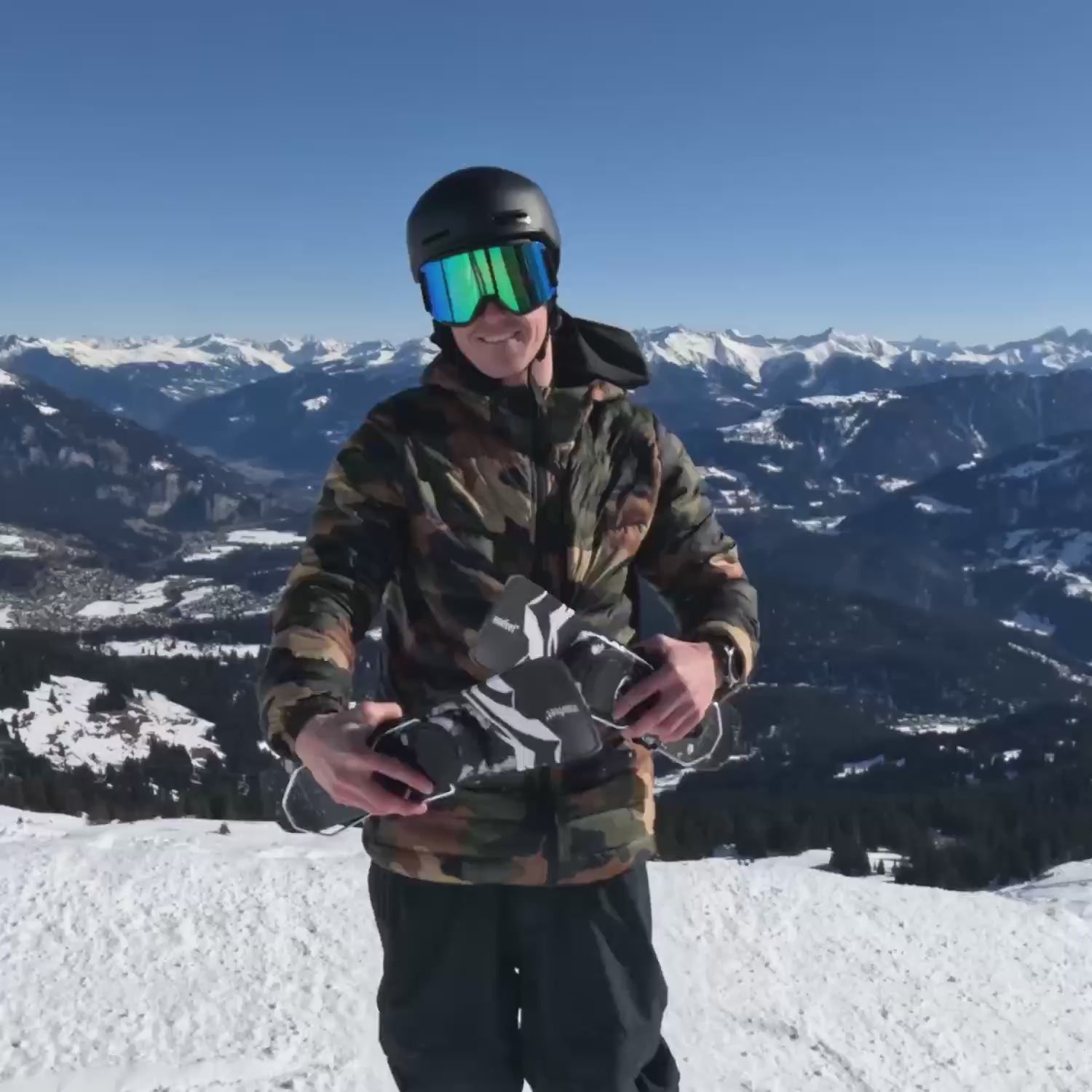
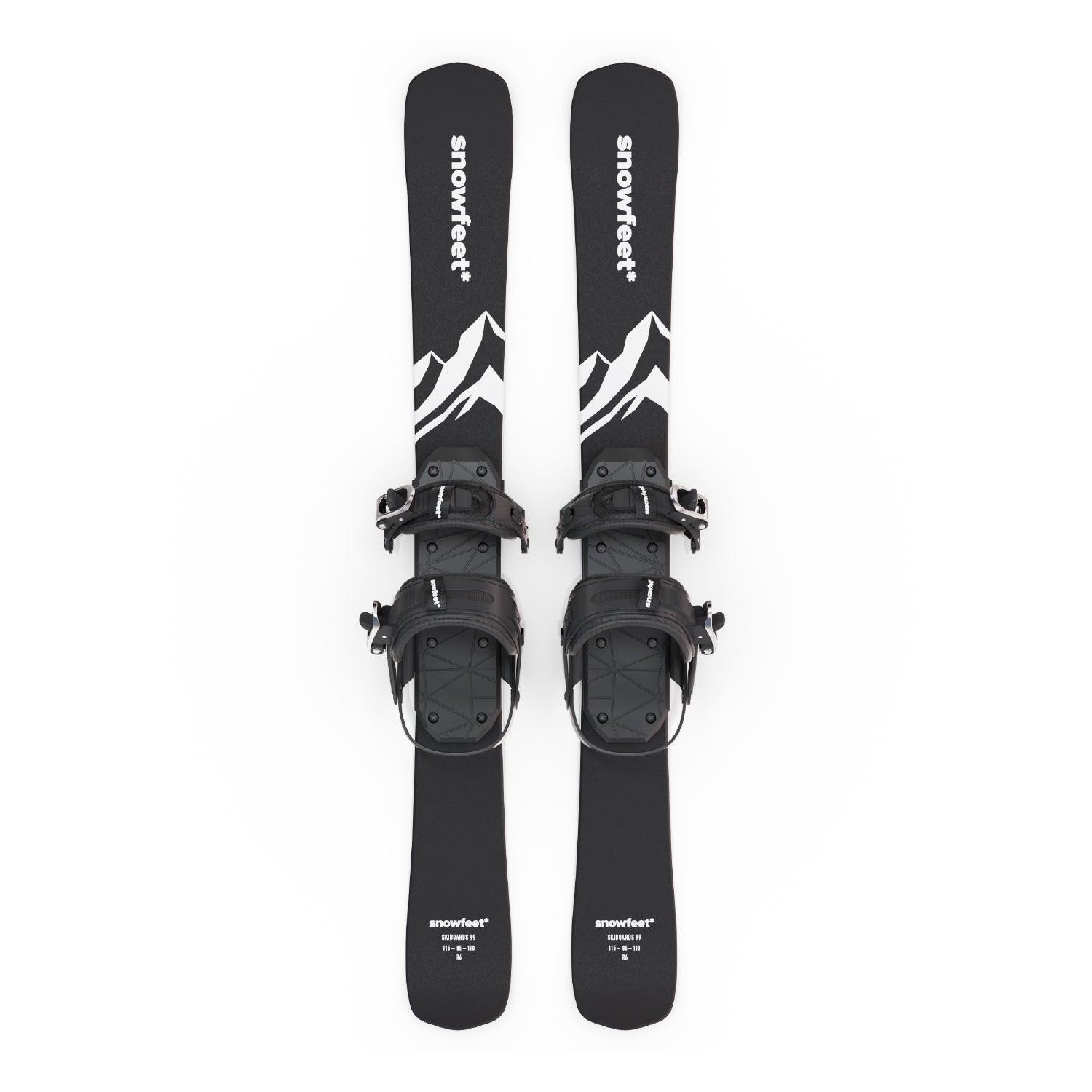
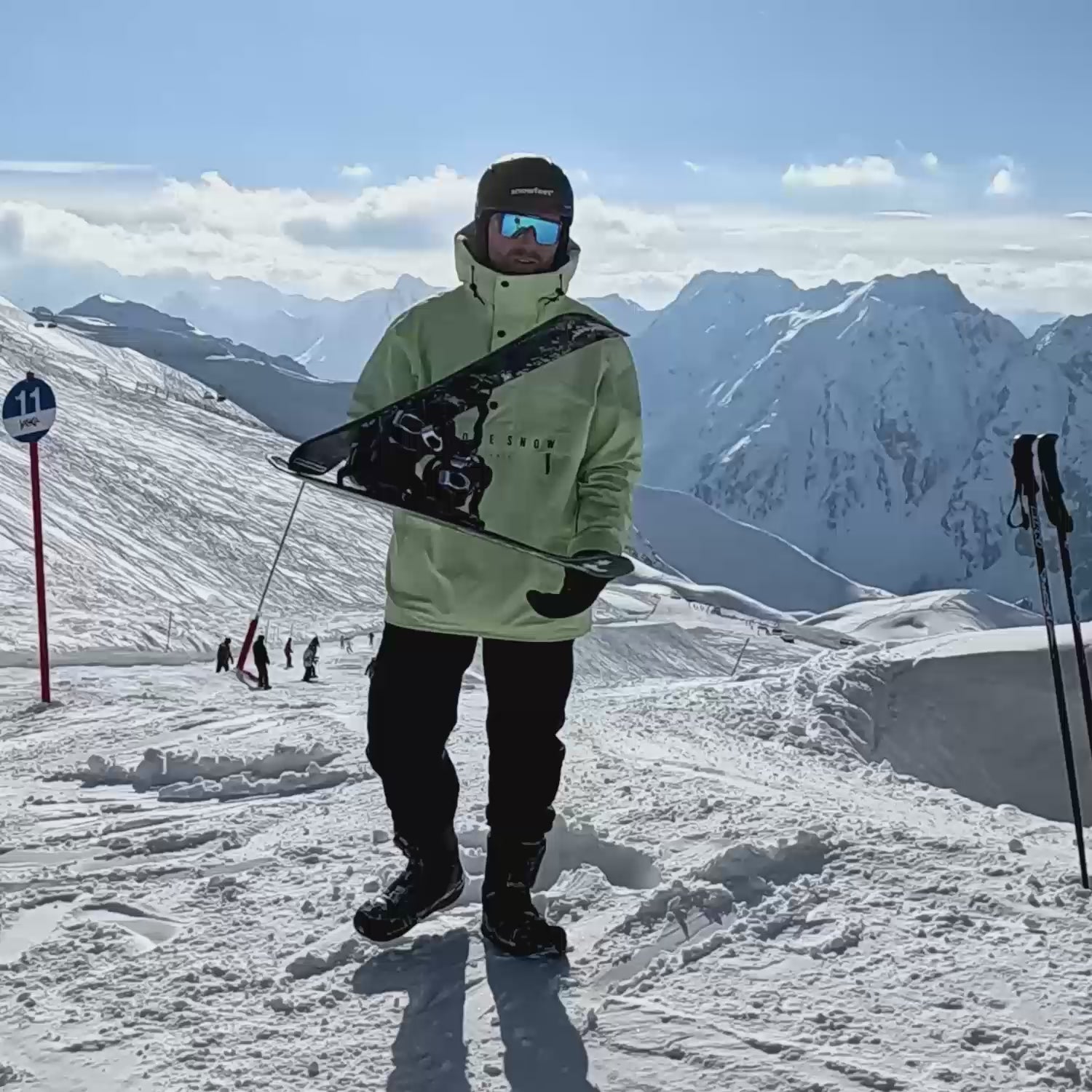
Leave a comment
This site is protected by hCaptcha and the hCaptcha Privacy Policy and Terms of Service apply.